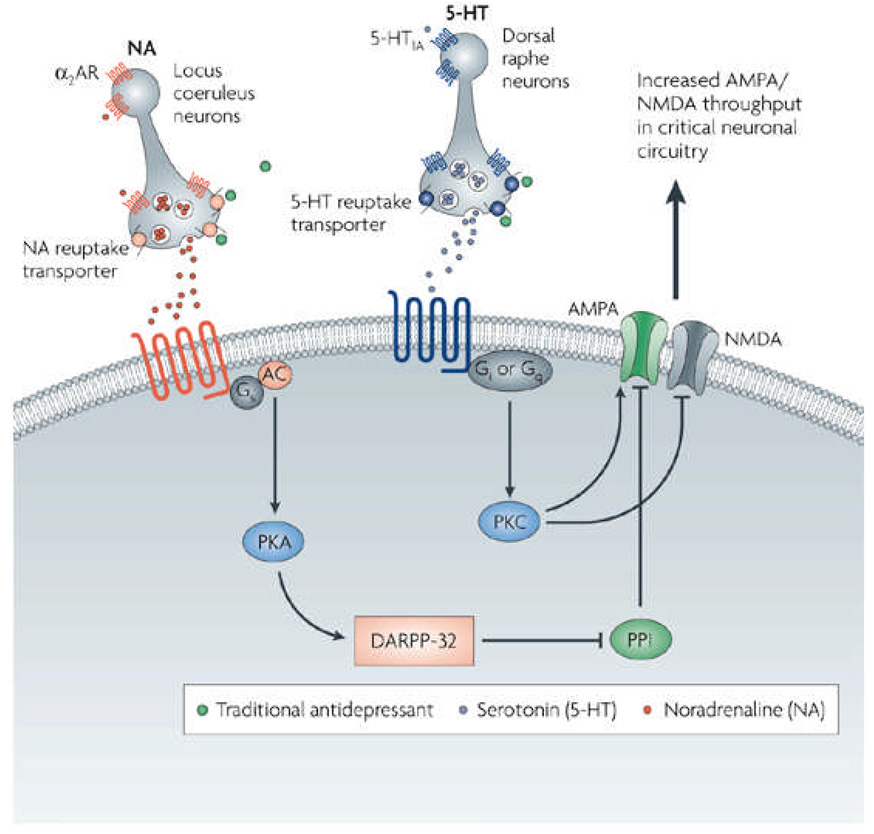Figure 2. Antidepressants converge to regulate AMPA- and NMDA-mediated synaptic plasticity in critical neuronal circuits.
This figure depicts the complex, time-dependent regulation of intracellular signaling cascades by traditional antidepressants (green). Via their initial effects on intrasynaptic serotonin and/or norepinephrine, these agents ultimately converge to regulate AMPA and NMDA receptor trafficking, synaptic plasticity, and information processing in critical circuits. Targeting AMPA/NMDA-mediated synaptic throughput more directly may result in improved and faster-acting antidepressants. NE=norepinephrine; 5-HT=5-hydroxytryptamine (serotonin); a2-AR=a2 adrenergic autoreceptor; AMPAR=AMPA receptor; NMDAR=NMDA receptor; Gs=G protein stimulating adenylyl cyclase; AC=adenylyl cyclase; Gi or Gq=G proteins coupled to phosphoinositide turnover; PKC=protein kinase C; PKA=protein kinase A; DARPP=32= dopamine and cAMP-regulated phosphoprotein of 32 kD; PP1=protein phosphatase 1.

